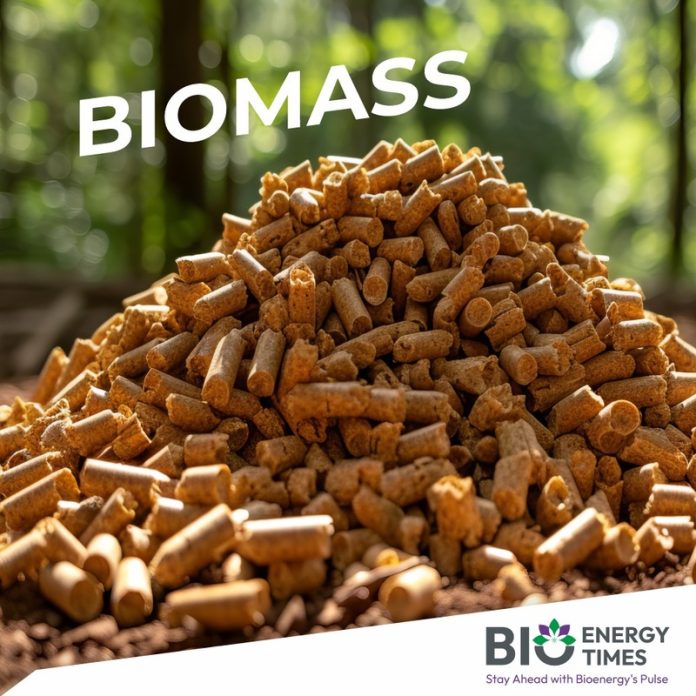The Irish Bioenergy Association (IrBEA) has officially launched its Solid Biomass Capacity Statement (SBCS) report, highlighting the significant potential of the solid biomass sector in Ireland to deliver decarbonised heating solutions. The report aims to showcase how solid (woody) biomass can serve a variety of heat users across residential, commercial, and industrial sectors.
At the launch event, Seán Finan, CEO of IrBEA, emphasized the opportunity for Ireland to expand its use of solid biomass as a clean, renewable heat source. “Ireland has a huge opportunity to embrace the potential to expand and use solid biomass as a clean, renewable heat solution across all use levels,” Finan said. He pointed to figures from Eurostat, which reveal that Ireland currently has the lowest deployment of renewable heat in the European Union at just 5.2%, well below the EU target. This, he noted, highlights the scale of the challenge Ireland faces in decarbonising the heating sector and meeting renewable energy and greenhouse gas emission reduction goals.
Finan continued, “This report provides evidence to commercial and industrial heat users about the capacity of the sector to deliver cost-effective decarbonised heating solutions. It also showcases Ireland’s existing supply network and its capacity to mobilise solid biomass resources across the country.” According to the report, Ireland is well-positioned with significant expertise in biomass system design, installation, maintenance, and technology. It also addresses sustainability concerns and air quality, while highlighting financial models and support schemes for those interested in renewable heat solutions.
Dr. Eugene Hendrick, Chairman of IrBEA’s Solid Biomass Group, added that COFORD, Ireland’s Council for Forest Research and Development, has forecasted a substantial increase in the country’s forest-based biomass supply. “The solid biomass resource could grow from its current supply of approximately 9.5 PJ/year to between 15-16 PJ/year, or about 2.4 to 2.5 million green tonnes of biomass annually by the middle of the next decade,” Hendrick explained.
Hendrick also noted the potential for further increasing biomass production through the introduction of Short Rotation Coppice (SRC), such as willow, and Short Rotation Forestry (SRF), including poplar and eucalyptus. He estimated that these efforts, combined with biomass recovery from agricultural practices, could add 300,000 to 400,000 tonnes of biomass per year.
Finan concluded, “The Solid Biomass Capacity Statement provides critical market certainty for energy users considering biomass-fuelled heating systems. This document will instill confidence in stakeholders, demonstrating that the sector has the capacity to play a crucial role in decarbonising heat and achieving sustainable development both now and in the future.”
This report is expected to support the transition to renewable heating solutions in Ireland, offering a clear roadmap for stakeholders involved in the country’s decarbonisation efforts.
For detailed information and further insights, please refer to BioEnergyTimes.com, which provides the latest news about the Biomass Industry














